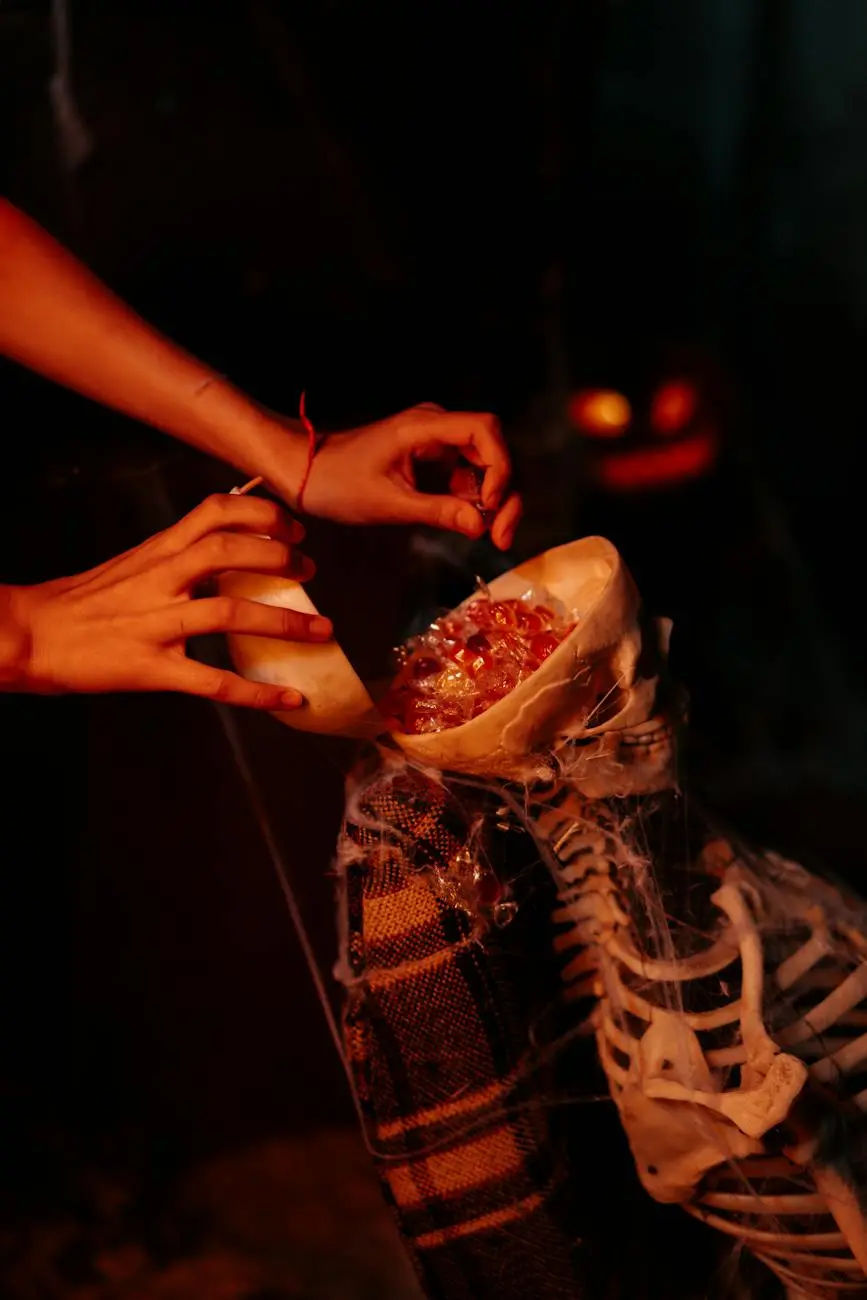By Meredith Bennett
On February 11th, Charles Darwin and his incredible scientific discoveries were remembered during Duquesne University’s annual Darwin Day celebration. In an interesting twist, the distinguished scientist was honored through the discussion of a subject that puzzled him throughout his lifetime: heritability. Although he discovered the mechanism for the evolution of traits in populations, he died without understanding how those traits are inherited by an organism’s offspring.
This year’s featured speaker was Dr. Hopi Hoekstra, an evolutionary biologist at Harvard University. Her research revolves around the task of applying Darwin’s theory of evolution to behavior. Darwin, himself, believed that behavioral traits evolve via the same mechanisms as physical traits. Similarly, a man named Richard Dawkins formulated the idea of an ‘extended phenotype’, defined as an “animal artefact…whose variation is influenced by a gene”. Dr. Hopi Hoekstra’s research depends strongly on this concept of Dawkins’, and the specific extended phenotype studied in her lab is burrowing behavior.
Burrows serve important purposes in many animal species, including the avoidance of predators, social interactions, food storage, and thermoregulations. To examine the genetic basis of burrowing, Dr. Hoekstra studies deer mice, specifically a species called Peromyscus polionotus. P. polionotus are robust diggers and produce a highly unique burrow that includes an escape tunnel. Dr. Hoekstra’s behavioral studies are conducted in the lab, and the lab mice, even when born in captivity, produce the same complex burrow design as their wild counterparts. Because behavioral traits are more difficult to measure, innovative methods must be employed in studies like the one conducted by Dr. Hoekstra. To measure the length and width of the P. polionotus burrows, the scientists create ‘casts’ using a foam that fills the burrow and then hardens within it. The scientists can then use the burrow measurements of P. polionotus and other deer mice species to draw conclusions about the evolution of the burrowing behavior in the mice.
In Dr. Hoekstra’s lab, P. polionotus is compared with a different species of deer mouse called P. maniculatus that creates a burrow without the escape tunnel. To study the burrowing trait, the researchers paired baby mice with parents of the opposite species. Unaffected by the species of their foster parents, the babies grew up to create the burrows associated with their own species. This supports the idea that burrowing behavior is inherited, not learned. The researchers also created hybrid mice by breeding the two species with each other. The children of these hybrids always built the complex burrows of P. polionotus, indicating that a complex burrow is the dominant trait between the two species.
With improved behavioral measurement techniques, the scientists then set out to uncover the specific gene that regulates burrowing behavior. The most promising candidate gene is one called Chrm5. The big diggers, P. polionotus, experienced higher expression of the Chrm5 gene. The big diggers dug for longer periods of time, more frequently, and earlier in their lives. The scientists found that the greater mechanical efficiency of big diggers only accounts for ten percent of the difference in burrowing behavior. In other words, the big diggers were more motivated to dig.
Although the scientific evidence for the Chrm5 gene is encouraging, it is not the only candidate. Dr. Hoekstra expressed her desire to attempt an experiment where little diggers, P. maniculatus, could be genetically manipulated to create a complex burrow. She would do this by experimenting with possible genes that code for burrow design and inserting these into the little diggers. This would bring her closer to correctly locating the burrowing behavior gene. Dr. Hopi Hoekstra’s leading-edge research in burrowing behavior brings us closer to an understanding of the evolution of behavioral traits, building on Charles Darwin’s eminent work.
Hello! My name is Meredith Bennett and I am in the Environmental Science program here at Duquesne. I am from Trafford, PA and enjoy playing the piano, camping, and hiking with my dogs. My academic interests include ecology, evolutionary biology, and scientific communication. I hope to pursue a career in biological research or science writing.
Cite this article:
Bennett, M. (2019). Of Mice and Biologists. D.U. Quark, 3(2). Retrieved from https://dsc.duq.edu/duquark/vol3/iss2/14
Download the PDF here





Leave a comment